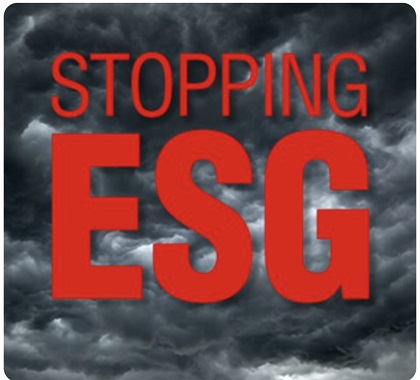Review of The Death and Life of the Great American School System: How Testing and Choice are Undermining Education, by Diane Ravitch (New York: Basic Books, 2010), 296 pages, hardcover, ISBN 9780465014910, $26.95
Idealists are dangerous, not because they’re idealistic but because too often they want to impose their ideals on the rest of us. That danger is clear and present in historian Diane Ravitch’s latest book, which is troubling because Ravitch herself has furnished voluminous evidence that her ideals are unlikely to survive the test of reality.
Ravitch is the nation’s best-known education historian. In chronicling schooling upheavals in New York City, exploring progressive domination of public education, and explaining how interest-group politics kill meaningful curricular content, Ravitch has been a tireless cataloguer of public schools’ dysfunction.
Unfortunately, Ravitch’s own work now seems lost on her. In The Death and Life of the Great American School System, she explains how she has gone from being a staunch supporter of public schools to an advocate of standards, testing, and choice, and now back to championing public schools.
Forcing People Together
What does Ravitch want now? “Neighborhood” public schools for all, primarily because that comports with her conviction that public schools should be tools for, essentially, forcing people together.
“As we lose neighborhood public schools,” Ravitch rhapsodizes, “we lose the one local institution where people congregate and mobilize to solve local problems, where individuals learn to speak up and debate and engage in democratic give-and-take with their neighbors.”
That sounds lovely. But Ravitch offers no evidence to support that claim, in no small part because it doesn’t comport with the reality she has spent years chronicling in her own works: Bureaucratic dominance over schools; divisive clashes between religious, ethnic, and other factions; and distressingly poor academic outcomes.
Distorting Choice
As bad as her utopianism is, Ravitch’s too-often imprecise and unfair treatment of school choice might be worse.
Ravitch categorizes as “market-based” any reform that does something other than maintain a traditional public-school monopoly. For instance, she claims, “in the first decade of the new century, New York City became the national testing ground for market-based reforms.”
Placing control of 1.1 million children in the hands of one man—Mayor Michael Bloomberg—is market-based? True, Bloomberg has pushed for charter and public-school choice. But he rejects pricing and private-school choice, and has directed much of his attention to government-imposed standards and tests.
Then there are Ravitch’s cheap shots against the free market, including the implication that deregulation led to the nation’s current economic woes and would be equally calamitous for education. “Deregulation contributed to the near-collapse of our national economy in 2008, and there is no reason to anticipate that it will make education better for most children.”
Again, Ravitch offers no support for her deregulation claim. She ignores powerful evidence, such as that assembled by Johan Norberg in his book In Defense of Global Capitalism, that free markets make almost everything better for the people they touch. Ravitch also skirts national and international research showing more freedom leads to better educational outcomes.
Choice Programs Hamstrung
Granted, standards-based reforms and school choice deserve some criticism.
Standards-and-accountability efforts such as No Child Left Behind—which Ravitch rightly repudiates—have repeatedly fallen victim to special-interest power and political expediency. But they also seem to be a natural stage in the evolution of public schooling. When local “democratic” accountability proves impotent, without school choice, parents and taxpayers have little recourse but to seek accountability from higher levels of government.
Ravitch’s main empirical objection to choice is that it hasn’t made much academic difference. But the problem is too little freedom under choice plans tried so far, not too much. With only a fraction of U.S. students able to access options, and with those options often hobbled by hostile politicians, the positive effects have naturally been small.
That said, unrealistic expectations are at least partly the fault of choice supporters, who have been too quick to label hamstrung programs as powerful. That has played right into the hands of people like Ravitch who seem to dislike educational freedom primarily for ideological, not empirical, reasons.
But that choice advocates have overplayed their hand doesn’t make Ravitch right. Her assault on educational freedom is weak, and her devotion to public schooling fantastical. Her own work has made that clear.
Neal McCluskey ([email protected]) is associate director of the Cato Institute’s Center for Educational Freedom.



